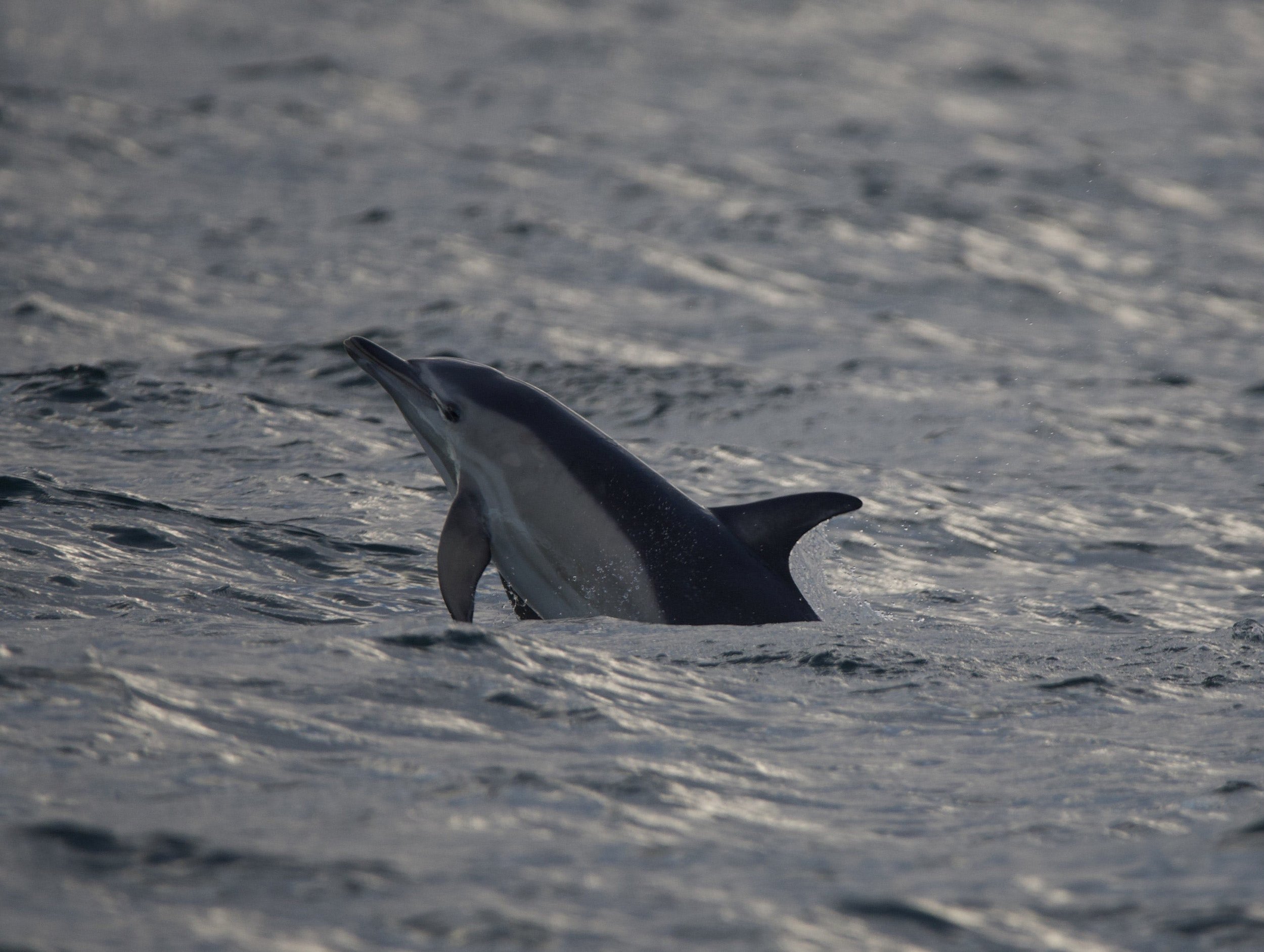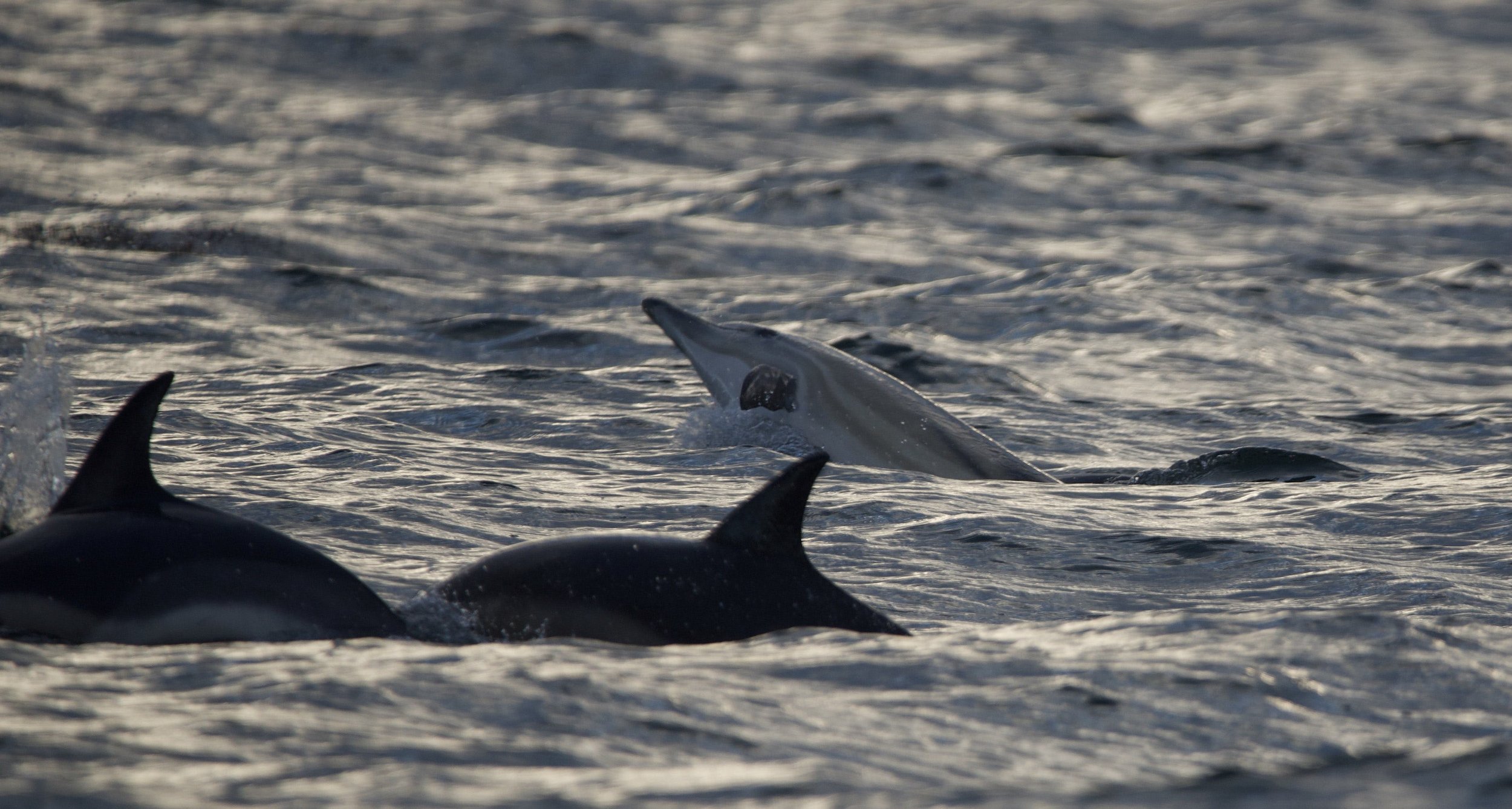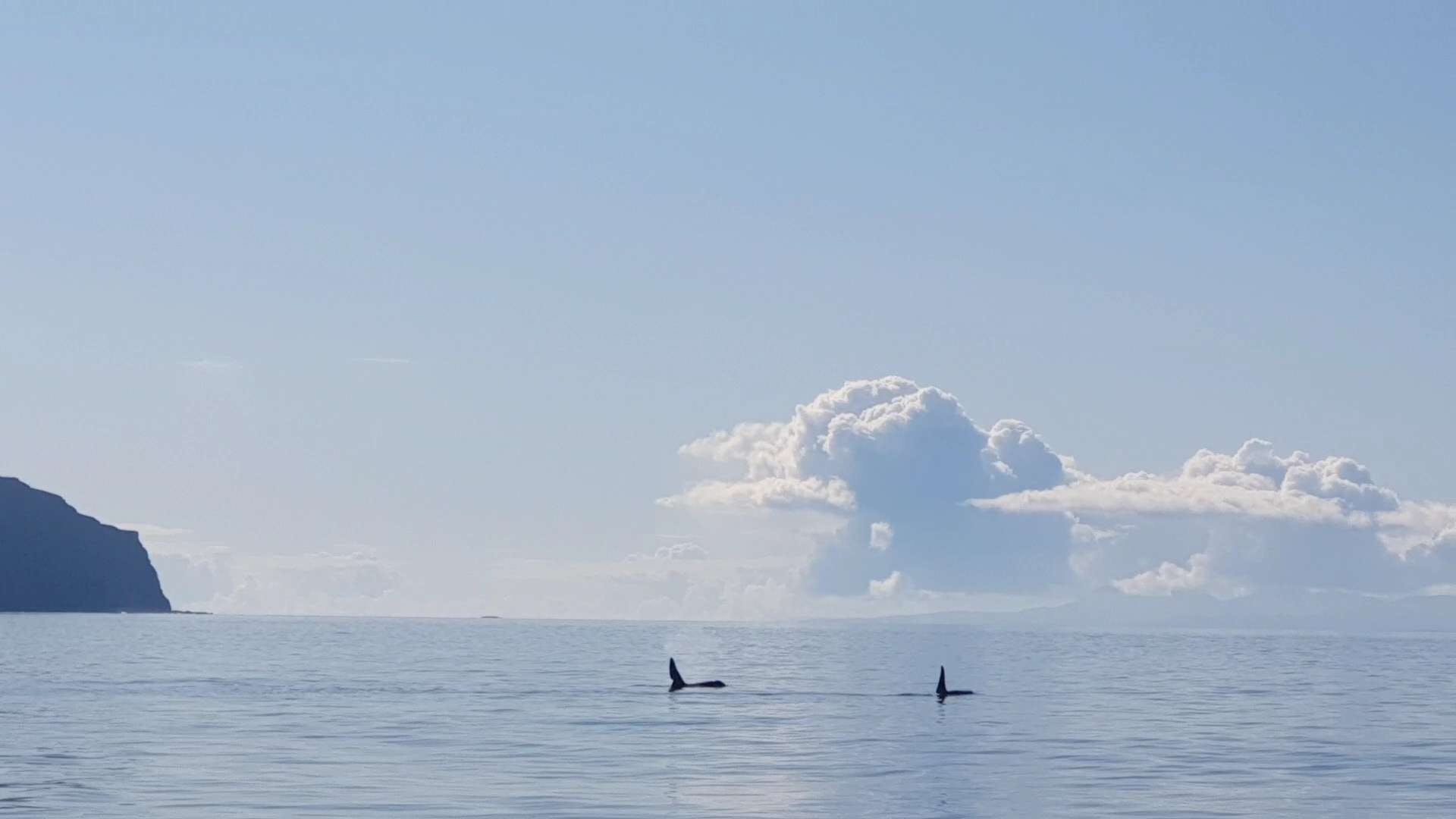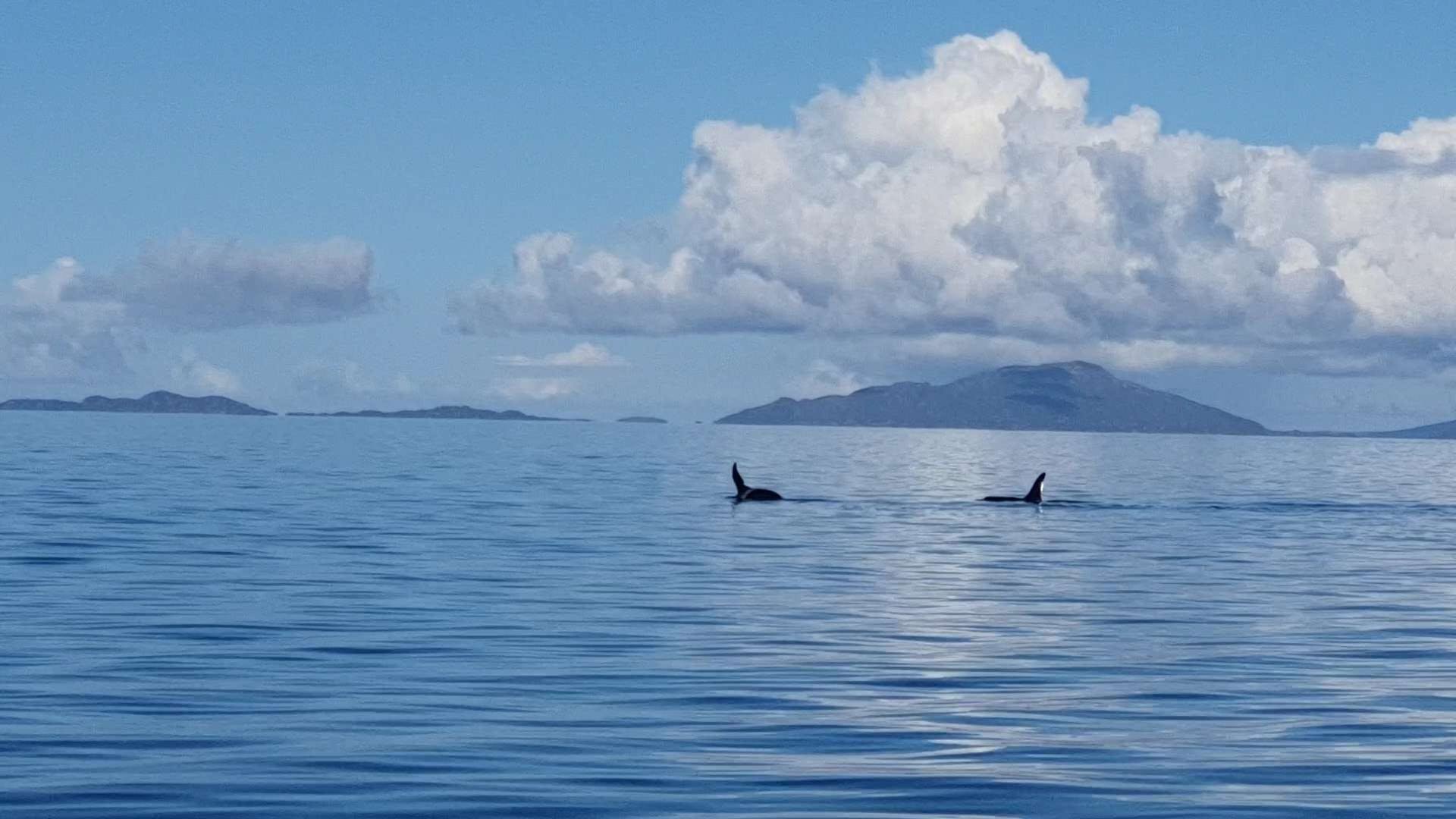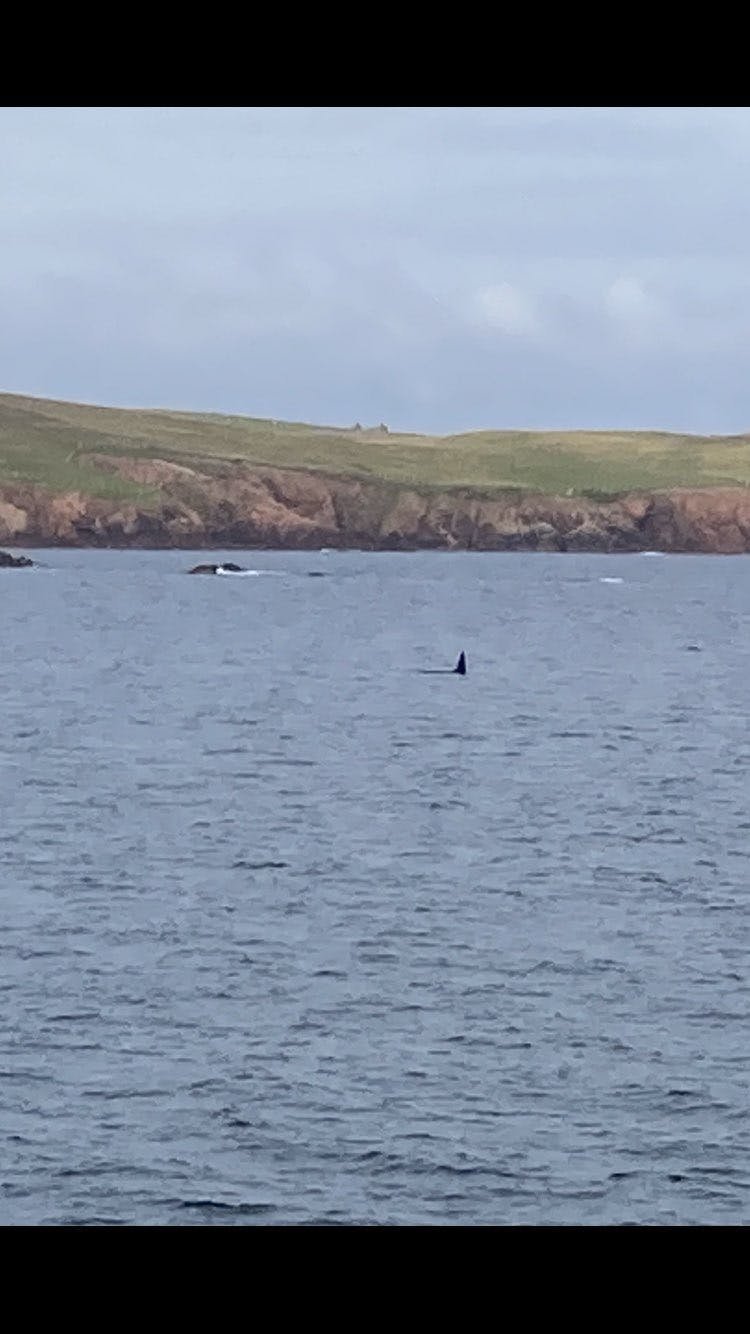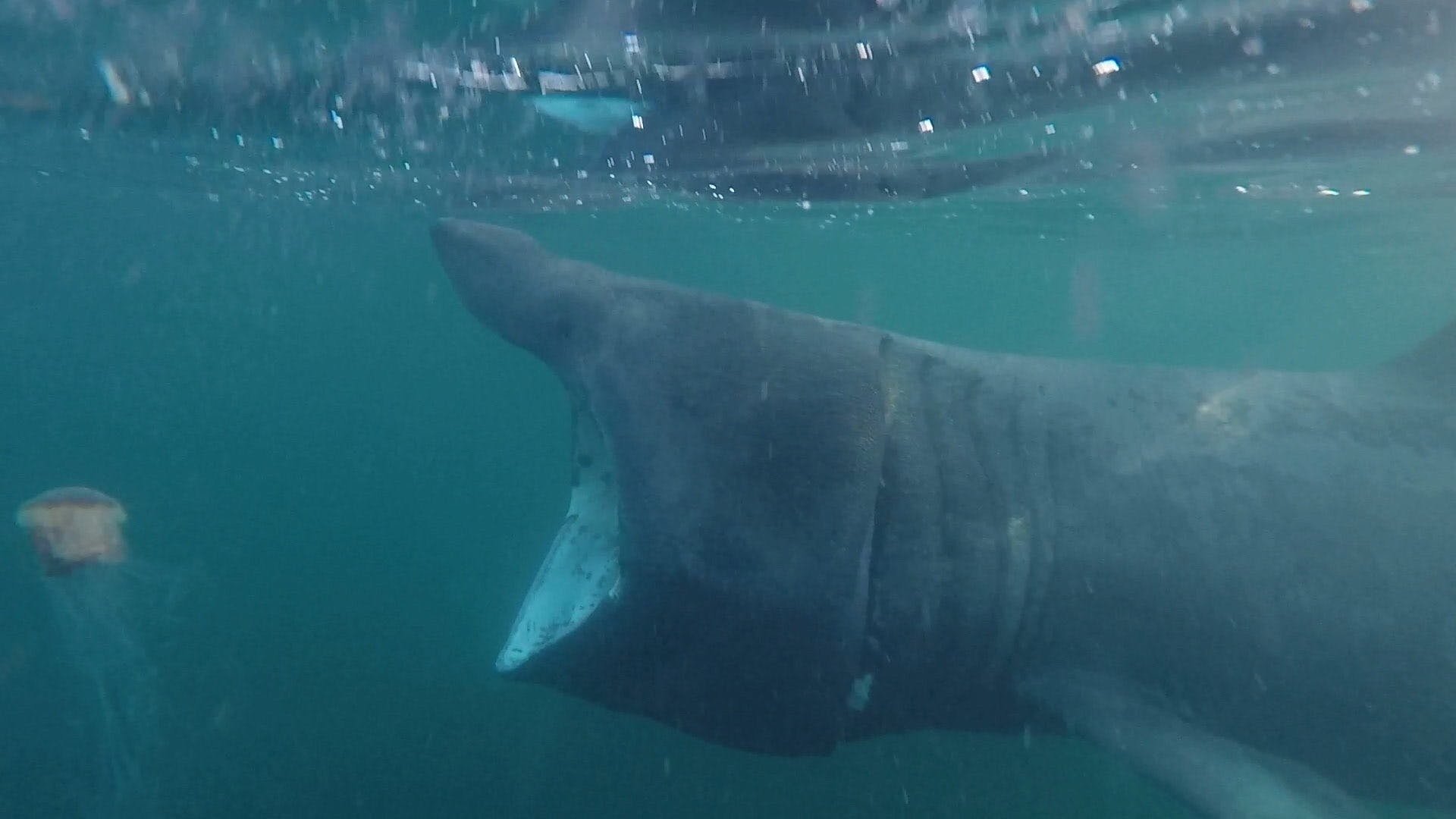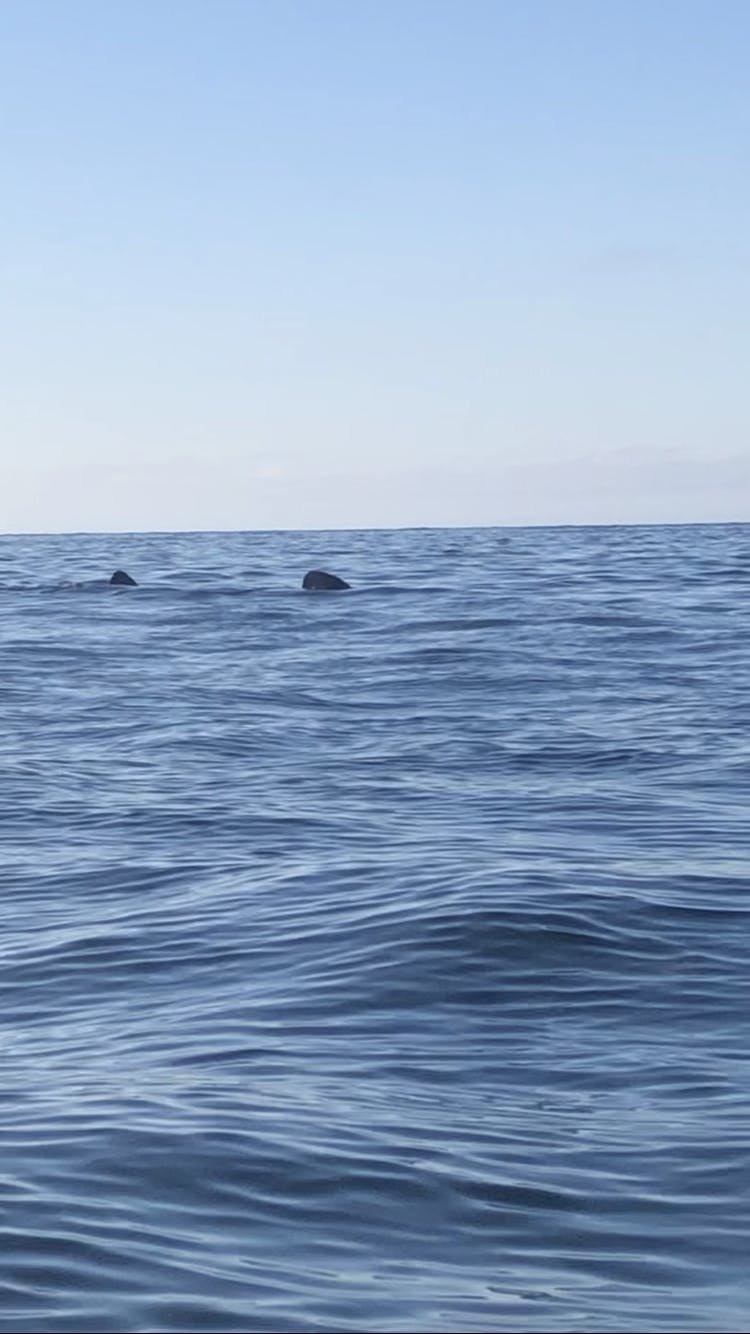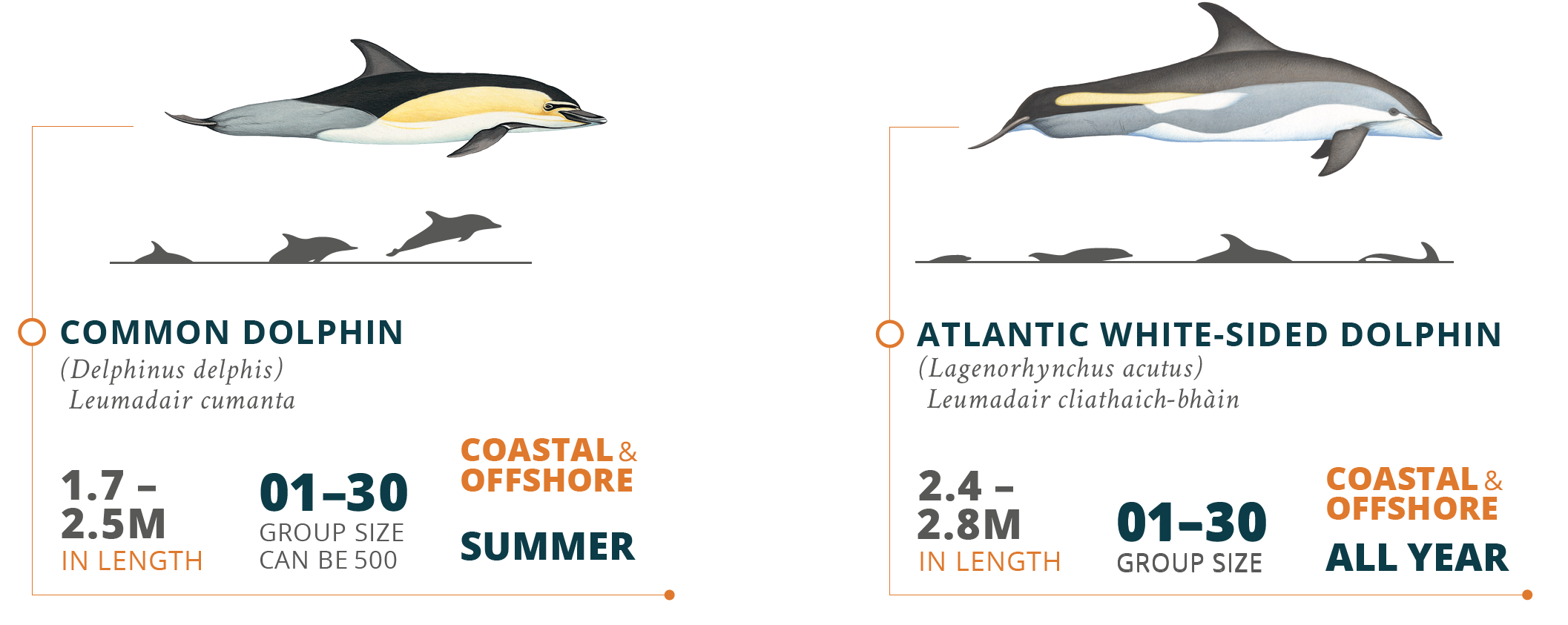What was seen during this years National Whale and Dolphin Watch?
Common dolphin ©Andrew Brodie
The Seawatch Foundation’s National Whale and Dolphin Watch ran from 29 July – 06 August this year. With an increase of 35% on the number of people reporting during the event, our wonderful Whale Track community reported a total of 598 sightings of 4610 animals across 12 different species.
A MASSIVE THANK YOU TO OUR AMAZING WHALE TRACK COMMUNITY!
So, let’s take a look at how this year’s reports compare to last year.
Similarly to last year, the most frequently sighted species was the common dolphin, which were also the most abundant - a whopping 3533 individuals were reported! Including several sightings of large pods of common dolphins – some estimated to be in the hundreds - in the Sound of Sleat and off Mull and the west coast of Lewis.
Common dolphins ©Niamh Doherty
Unlike last year, minke whales pipped the harbour porpoise to the post, coming in as our second most sighted species, with 149 sightings of 202 animals recorded.
With the increase in the number of people reporting during NWDW this year, it is understandable that basking sharks, humpback whales, fin whales and killer whales have all seen an increase in the number of reported sightings compared to NWDW last year.
Laura Lambert managed to snap a few photos of a wonderful sighting she had of a pod of 6 killer whales up in Shetland on the first day of NWDW. While Peggy Messeiller-Henery was spoiled with this incredible encounter of the famous West Coast Community boys, John Coe and Aquarius, on the very last day of NWDW.
John Coe and Aquarius ©Peggy Messeiller-Henery & Killer whales in Shetland ©Laura Lambert
Katie Uig reported basking sharks off the west coast of Lewis on 30 July and Hannah Mcvicar was surprised when she was suddenly surrounded by 5 basking sharks when out kayaking.
“I went for an evening kayak and suddenly they were all around me! Didn't want to disturb them so I just drifted for ages”.
Basking shark under water ©Hannah Mcvicar & Basking shark above water ©Kate Uig
We had a similar number of bottlenose dolphin, long finned pilot whale, Risso’s dolphin and white beaked dolphin sightings this year. During an effort-based watch from land, Gav North Ron reported 3 white beaked dolphins off Lewis on 30 July and 3 reports of Risso’s dolphins over the course of 2 days, including a pod of 20 individuals, who were seen to be breaching and leaping.
Finally, we had a couple of reports of Atlantic white sided dolphins seen between Mull and Tiree, during NWDW. Atlantic white sided dolphins are one of the rarer spotted species on the west coast, often being confused with the similar looking common dolphins, due to the yellow colouration on their sides.
A good way to tell these species apart is by looking at their body shape. Atlantic white sided dolphins have a much chunkier tail stock compared to the common dolphin, while common dolphins have a much longer slender beak to the Atlantic white sided dolphins.
All the sighting you sent in between 29 July – 06 August have been shared with the Sea Watch Foundation as part of their snapshot monitoring programme, National Whale and Dolphin Watch. By taking part in events like this, we are all working together to build a long-term picture of UK cetacean populations and distributions.


